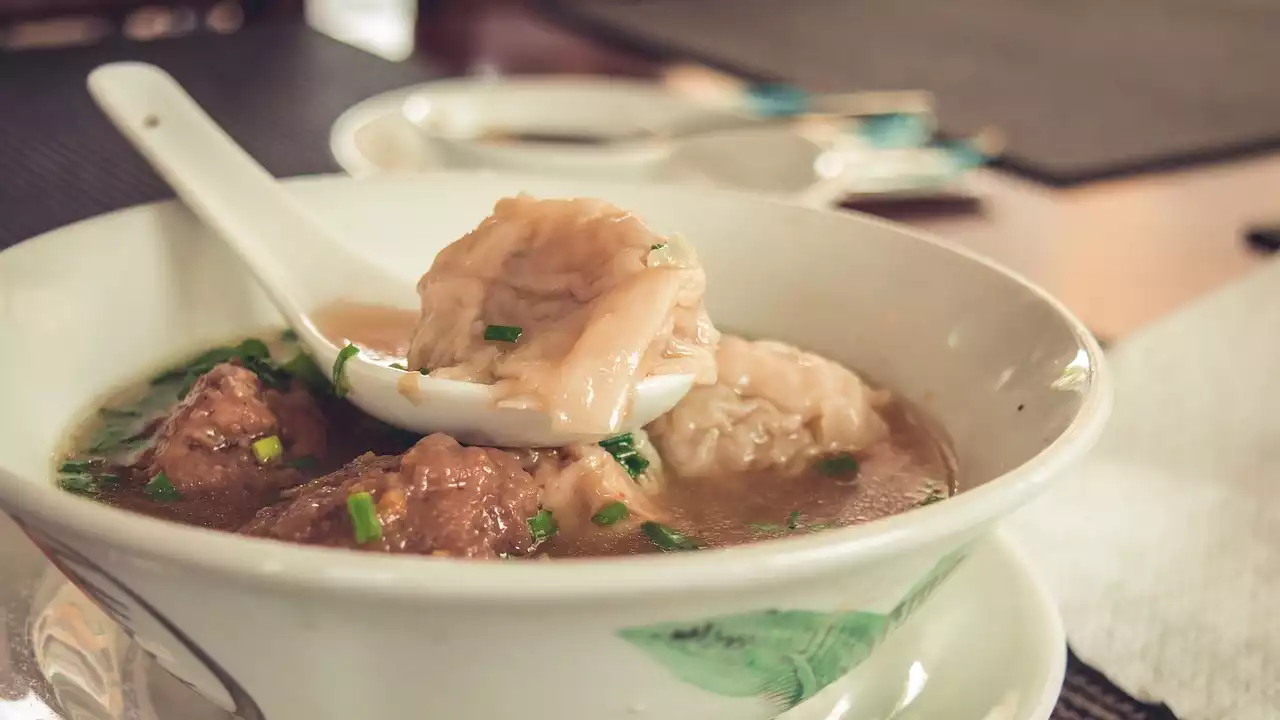Cooking is an essential part of preparing food, but it is also an opportunity to improve the nutritional value of the food. Steaming and boiling are two popular cooking methods that are often used to cook vegetables, meat, and fish. Both methods have their benefits and drawbacks, but which one is healthier for your food? In this article, we explore the benefits and drawbacks of both methods and provide recommendations for the best cooking method for different types of foods.
Cooking is an essential part of food preparation, but it is also a crucial opportunity to improve the nutritional value of the food. Cooking methods can significantly impact the nutrient content of the food, as well as its flavor and texture. Steaming and boiling are two popular cooking methods that are often used to cook vegetables, meat, and fish. While both methods involve cooking food in water, they differ in terms of the amount of water used, the temperature, and the time required to cook the food. In this article, we explore the benefits and drawbacks of both methods and provide recommendations for the best cooking method for different types of foods.
Steaming
Steaming is a cooking method that involves cooking food in a small amount of water or other liquid, such as broth or wine, in a covered pot or steamer. The food is placed on a steaming basket or a rack, which allows the steam to circulate around the food. Steaming is often used to cook vegetables, such as broccoli, cauliflower, and asparagus, as well as fish and poultry.
There are several benefits to steaming food. One of the most significant benefits is the retention of nutrients. Steaming is a gentle cooking method that helps to preserve the vitamins and minerals in the food. Since the food is not in direct contact with water, there is no risk of the nutrients being leached out, as can happen with boiling. Steaming also preserves the texture and flavor of the food, as well as the vibrant color of vegetables.
Another advantage of steaming is that it reduces the risk of overcooking the food. Since the steam is hotter than boiling water, the food cooks faster and more evenly. This can be especially important when cooking delicate foods, such as fish or vegetables, which can easily become overcooked and lose their texture and flavor.
Some foods that are best steamed include vegetables, fish, poultry, and dumplings. Steaming is also a popular method for cooking rice and other grains.
Boiling
Boiling is a cooking method that involves cooking food in a large amount of water at a high temperature. The food is fully submerged in water, and the temperature of the water is usually around 100 degrees Celsius. Boiling is often used to cook potatoes, pasta, and eggs, as well as to make soups and stews.
One of the main advantages of boiling is that it is an easy and convenient cooking method. It requires little preparation, and the food can be cooked in a single pot. Boiling is also an effective way to cook a variety of foods, from vegetables to meats, and it can help to reduce the risk of food-borne illness by killing harmful bacteria.
However, there are also some disadvantages to boiling food. One of the biggest drawbacks is that boiling can lead to the loss of nutrients. When food is boiled, some of the vitamins and minerals are leached out into the water, which is then discarded. This can significantly reduce the nutritional value of the food. In addition, overcooking can lead to the loss of texture and flavor, which can make the food less appealing.
Despite these drawbacks, boiling can be a useful cooking method for certain types of food. Some foods that are best boiled include hard-boiled eggs, pasta, and potatoes. When boiling vegetables, it is important to avoid overcooking them to prevent the loss of nutrients and texture.
Health Considerations
When it comes to the health benefits of steaming vs boiling, there are several factors to consider. One of the most important is nutrient retention. As mentioned earlier, steaming is a gentler cooking method that helps to preserve the vitamins and minerals in the food. Boiling, on the other hand, can lead to the loss of nutrients through leaching.
However, boiling can also be beneficial in terms of killing harmful bacteria and reducing the risk of food-borne illness. When cooking meat, for example, it is important to ensure that it is cooked to a safe temperature to kill any bacteria that may be present.
In general, both steaming and boiling can be healthy cooking methods when used correctly. To maximize the nutritional value of your food, it is important to avoid overcooking and to use cooking times and temperatures that are appropriate for the type of food you are cooking.
Other Cooking Methods
While steaming and boiling are popular cooking methods, there are also many other healthy cooking methods to consider. Some of these methods include:
- Grilling: This is a high-heat cooking method that can be a great way to cook meats and vegetables. Grilling can help to retain the natural flavors of the food and can also be a healthier alternative to frying.
- Roasting: This is a dry-heat cooking method that involves cooking food in an oven. Roasting can be a great way to cook meats, vegetables, and fruits, and can help to caramelize the natural sugars in the food for added flavor.
- Stir-frying: This is a high-heat cooking method that involves cooking food in a small amount of oil in a wok or frying pan. Stir-frying can be a great way to cook vegetables and meats quickly while preserving their texture and flavor.
Each of these cooking methods has its advantages and disadvantages, and the best method for a particular food will depend on a variety of factors, such as the type of food, the desired texture and flavor, and the nutritional value.
Conclusion
Steaming and boiling are both popular cooking methods that can be healthy options for preparing food. Steaming is a gentler cooking method that can help to preserve the nutrients, texture, and flavor of the food, while boiling can be an easy and convenient cooking method that can reduce the risk of food-borne illness. When it comes to choosing the best cooking method for your food, it is important to consider the type of food, the desired texture and flavor, and the nutritional value.
Ultimately, the key to healthy cooking is to use a variety of cooking methods and to pay attention to the way that food is cooked. By choosing the right cooking method and using proper cooking techniques, you can maximize the nutritional value and flavor of your food and enjoy a healthy, delicious meal.









